Introduction to Guilin’s Mountain Landscape
Nestled in the heart of Guangxi Province, Guilin boasts a landscape that seems plucked from a traditional Chinese painting. The city’s name, meaning “Forest of Sweet Osmanthus,” barely hints at the natural wonders that await visitors.
Guilin’s defining feature is its karst topography, characterized by limestone hills, caves, and underground rivers. This unique geological formation has shaped not only the physical landscape but also the cultural identity of the region.
For centuries, these mountains have captivated poets, artists, and travelers, earning Guilin the reputation of being one of China’s most picturesque destinations. The saying goes, “Guilin’s scenery is best among all under heaven,” a testament to its enduring appeal.
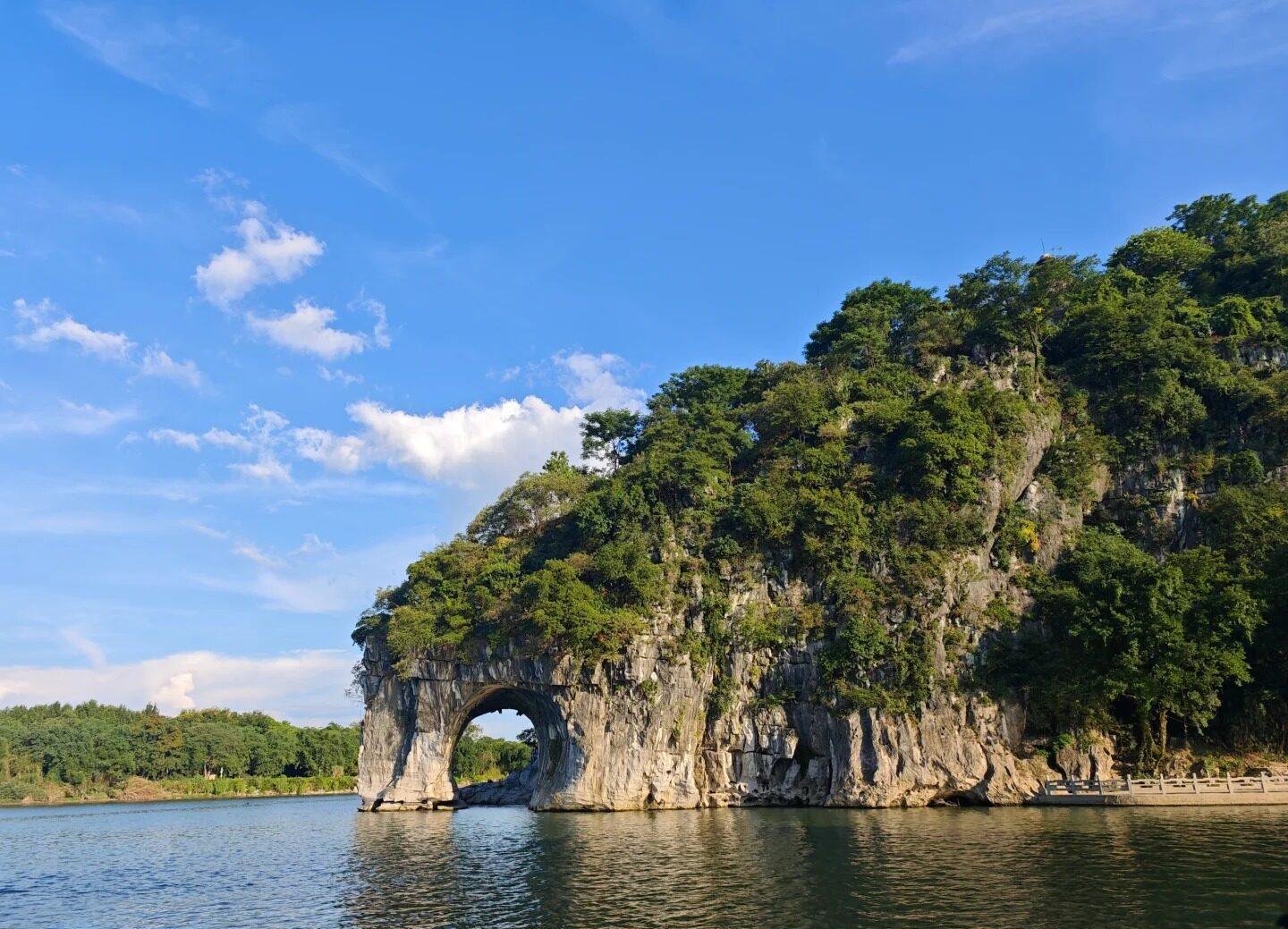
Iconic Mountain Formations
Guilin’s skyline is dotted with distinct peaks, each with its own character and lore:
| Mountain | Key Features | Cultural Significance |
|---|---|---|
| Elephant Trunk Hill | Resembles an elephant drinking from the Li River | Symbol of Guilin, featured on city logo |
| Fubo Hill | Half on land, half in water; has caves with Buddhist carvings | Named after a Han dynasty general |
| Diecai Hill | Multi-colored rock faces resembling folded brocade | Offers panoramic views of Guilin city |
Elephant Trunk Hill, the most famous, stands at the confluence of the Li and Taohua rivers. Legend says it was an elephant of the Emperor of Heaven, turned to stone while drinking from the Li River.
Fubo Hill, also known as “Wave-Subduing Hill,” is notable for seemingly holding up the sky while plunging into the river. Its caves house impressive Buddha statues and inscriptions.
Diecai Hill captivates with its colorful striations, earning it the nickname “Folded Brocade Hill.” It’s a favorite spot for watching the sunset over Guilin’s peaks.
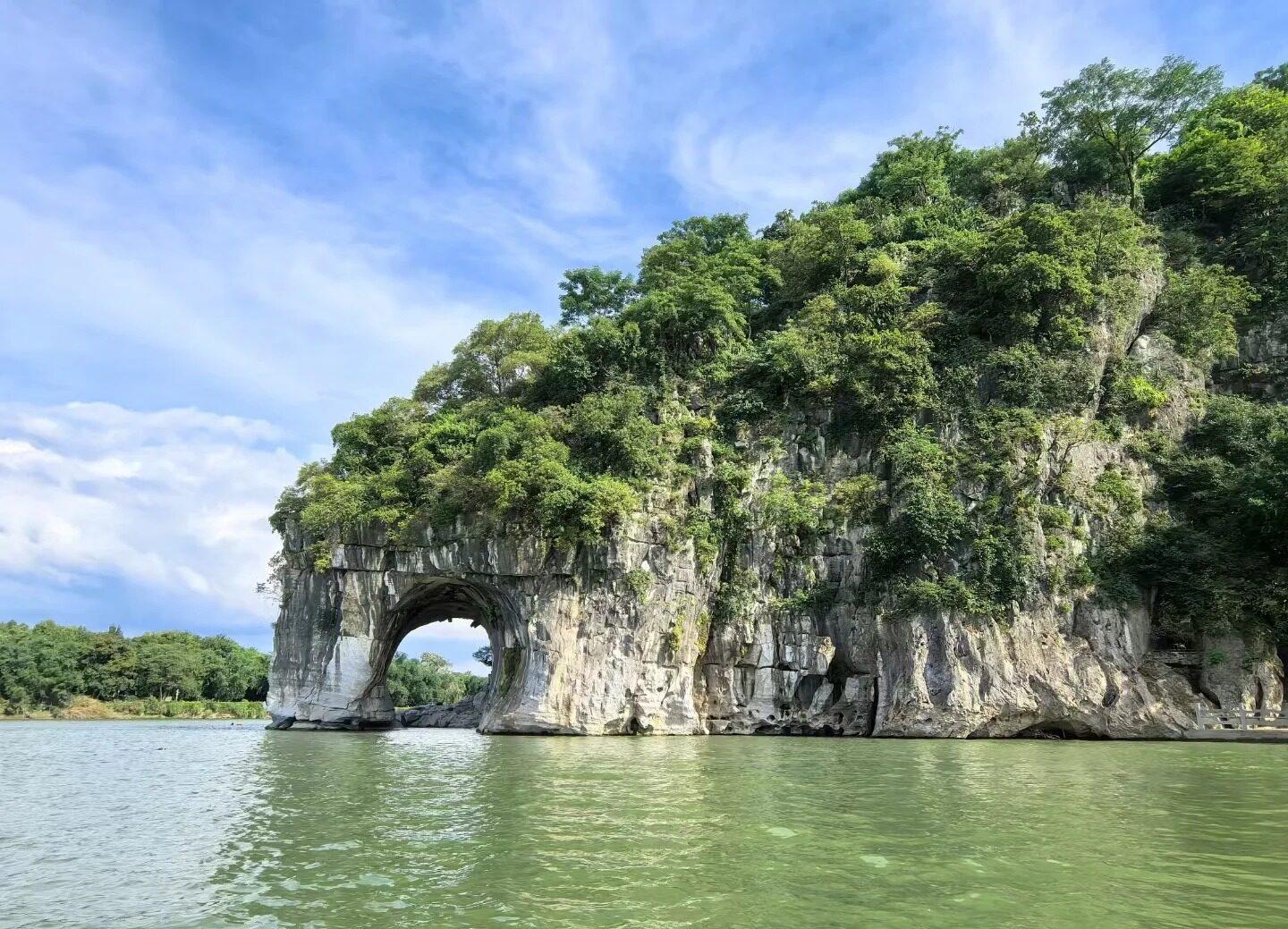
Geological History and Formation
The Guilin mountains began forming over 200 million years ago when the area was a vast sea. As the sea receded, it left behind thick layers of limestone deposits.
Over millennia, rainwater, slightly acidic due to carbon dioxide, slowly dissolved the limestone, creating the distinctive shapes we see today. This process, known as karstification, results in a landscape of towering peaks, deep caves, and hidden underground rivers.
While karst landscapes exist worldwide, Guilin’s is particularly noteworthy for its concentration of tower karst formations. Unlike the rolling hills of karst regions in Europe, Guilin’s peaks rise dramatically from the flat plains, creating a surreal, almost otherworldly scenery.
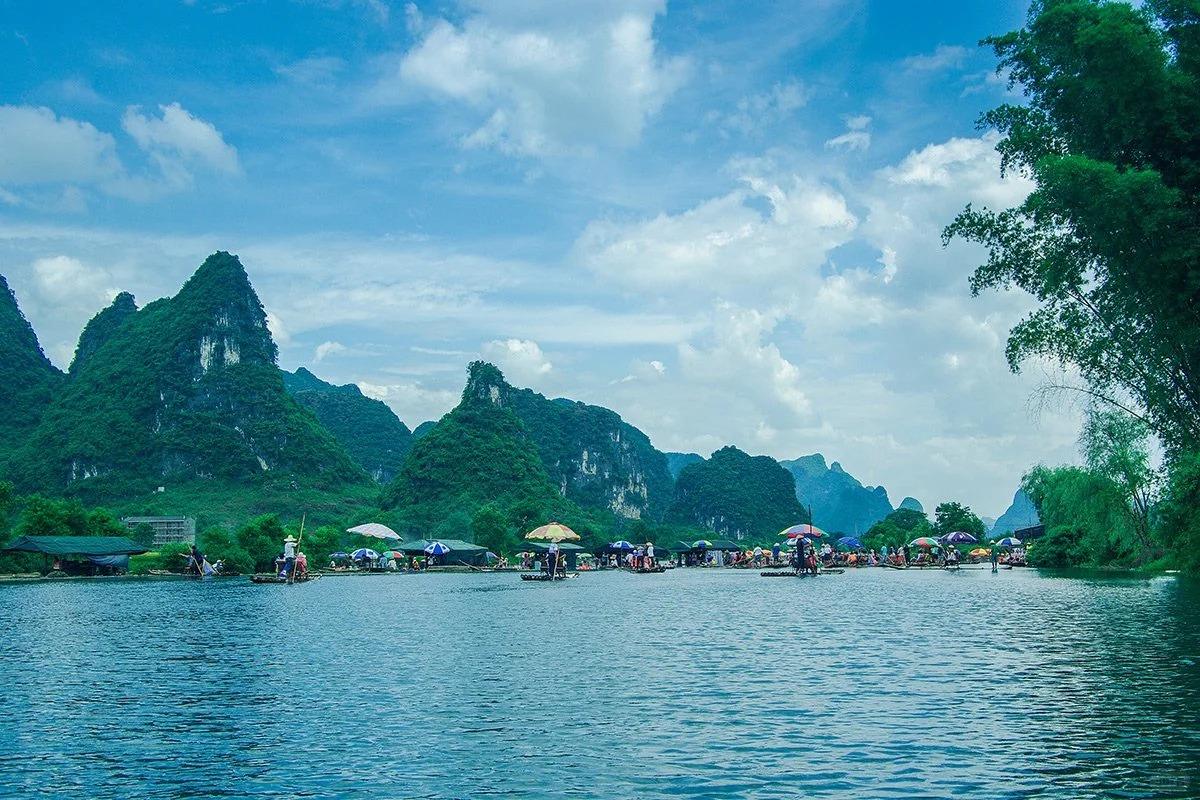
Scenic Areas and Natural Wonders
Guilin’s mountains are best appreciated through its various scenic areas:
- Li River Scenic Area: A 83km stretch where mountains reflect perfectly in the river’s calm waters.
- Reed Flute Cave: An underground palace of stalactites, stalagmites, and stone pillars.
- Seven Star Park: Guilin’s largest park, featuring seven peaks resembling the Big Dipper constellation.
- Longsheng Rice Terraces: Nicknamed “Dragon’s Backbone,” these terraces transform mountains into agricultural art.
Each area offers a unique perspective on Guilin’s karst landscape, from the serene beauty of the Li River to the man-made wonder of the rice terraces.
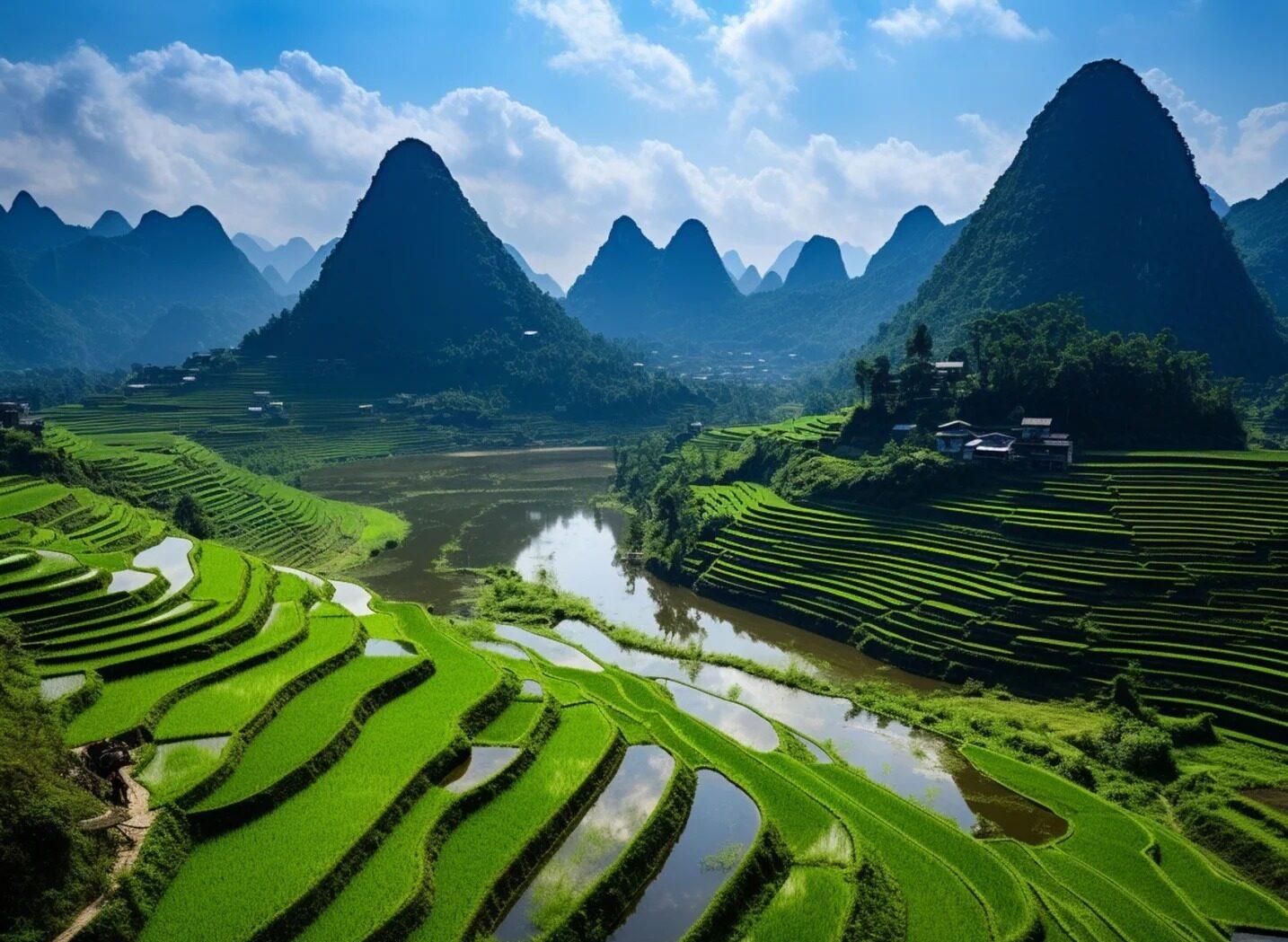
Outdoor Activities and Adventures
Guilin’s mountains provide a playground for outdoor enthusiasts:
- Hiking: Trails range from easy walks to challenging climbs, with Moon Hill being a popular trek.
- Rock Climbing: Yangshuo county offers world-class climbing routes on karst cliffs.
- Photography: Dawn at Xingping Fishing Village captures the mountains in their most ethereal light.
- River Cruises: Li River cruises offer unparalleled views of the karst peaks from water level.
These activities allow visitors to immerse themselves in the landscape, experiencing the mountains from various perspectives.
Cultural Significance and Inspiration
Guilin’s mountains have left an indelible mark on Chinese culture:
- They feature prominently in classical Chinese landscape paintings, embodying the harmony between man and nature.
- Countless poems describe the area’s beauty, including works by Li Bai and Du Fu.
- Local legends often personify the mountains, attributing human or animal qualities to their shapes.
- The mountains’ image on the 20 Yuan note has made Guilin’s landscape a national symbol.
Modern artists continue to find inspiration in these peaks, creating contemporary interpretations that bridge traditional and modern aesthetics.
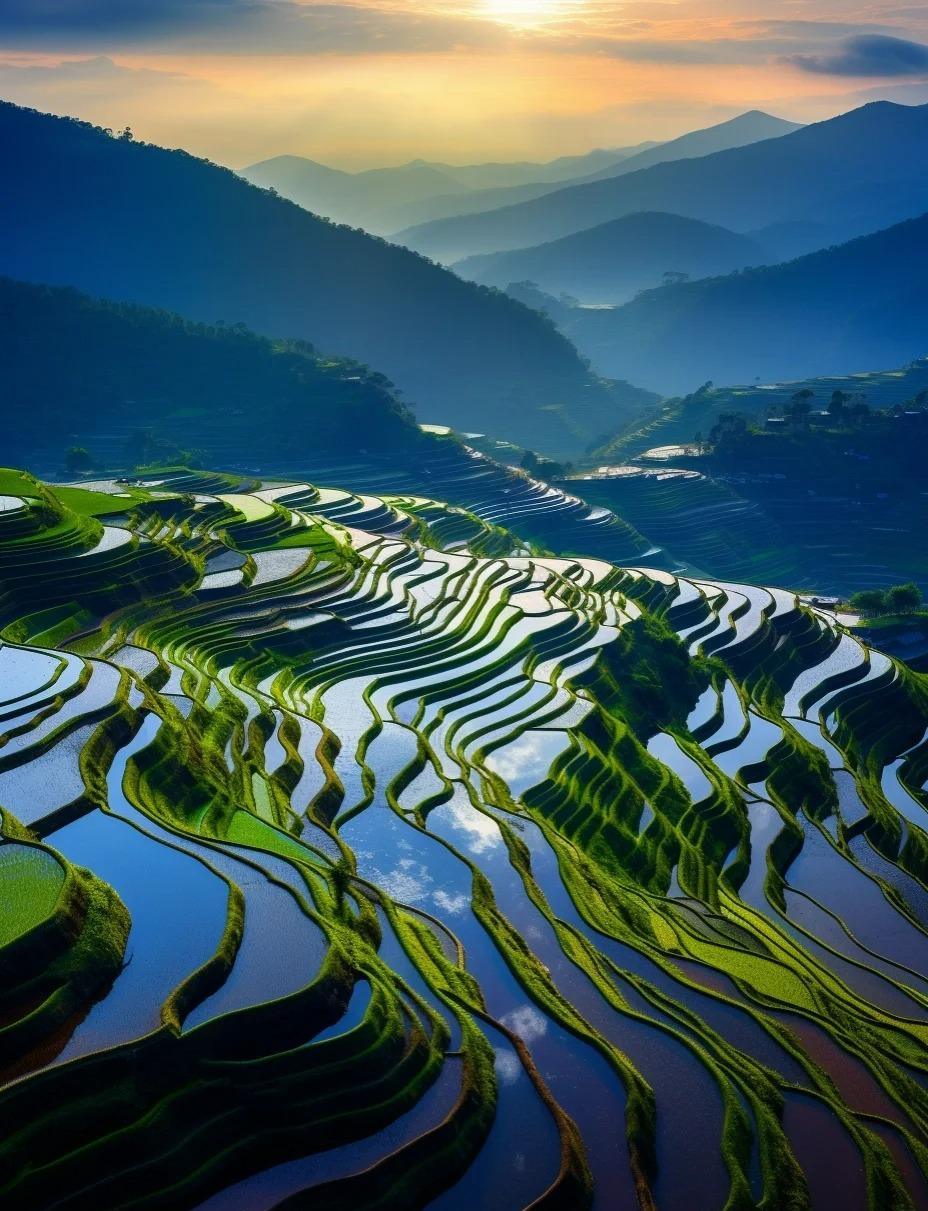
Practical Information for Visitors
To fully appreciate Guilin’s mountain landscape:
- Best Time to Visit: March to November, with April to October being peak season.
- Getting There: Guilin Liangjiang International Airport connects to major Chinese cities and some international destinations.
- Duration: Allow at least 3-4 days to explore the main attractions.
- Accommodation: Options range from luxury resorts overlooking karst peaks to eco-lodges in rural villages.
- Local Cuisine: Try Guilin rice noodles and Li River fish, influenced by the mountain environment.
Remember to book Li River cruises in advance during peak seasons and consider hiring a local guide for deeper insights into the landscape and culture.
Guilin’s mountains offer more than just scenic beauty; they provide a window into the geological processes that shape our planet and the cultural forces that define a civilization. As you stand amidst these towering peaks or glide along the Li River, you’re not just observing nature’s artwork—you’re experiencing a landscape that has inspired generations and continues to captivate all who visit. Whether you’re an adventure seeker, a culture enthusiast, or simply in search of tranquility, Guilin’s mountains promise an unforgettable journey through one of China’s most enchanting landscapes.






